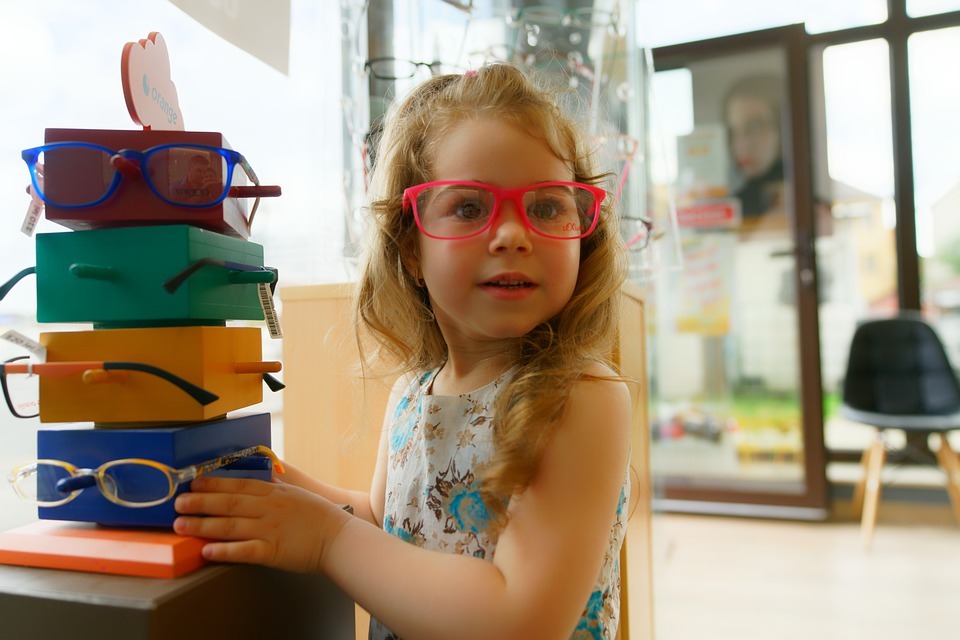If the brain favors one eye over the other and stops receiving visual signals from the weaker eye, a lazy eye can be the result. In some cases, lazy eye may result from untreated strabismus – crossed or turned eye. If untreated lazy eye can worsen over time, however, there are exercises and corrective methods that can help you manage and avoid this.
If the brain favors one eye over the other, lazy eye can result. Usually, this happens when one eye is weaker or has worse vision than the other. Over time, the brain starts to favor the stronger eye and stops receiving visual signals from the weaker eye. For optimum vision, the brain and both eyes must work together. In some cases, lazy eye may result from untreated strabismus. Strabismus is a condition earmarked by having a crossed or turned eye.
Lazy eye can worsen over time if it left untreated. In addition to other treatments, eye exercises can help you manage and avoid this.
Eye exercises are beneficial for strengthening eye muscles. They can also train the brain and the weaker eye to work together more effectively.
How is Amblyopia treated?
There are several treatments for amblyopia, depending on the cause. Often children are treated using vision therapy, which usually includes a patch on the better eye. Other treatments are atropine eye drops, correct prescription eyeglasses, or surgery.
Vision Therapy
Vision therapy consists of eye exercises, which aim to teach the eyes to work together. In cases of amblyopia, the exercises require the brain to recognize the affected eye, which restores vision in that eye. In some cases, optometrists place a patch over the more functional eye, which forces the less functional eye to work harder and become stronger. The patch is generally worn for a few hours a day. Depending on the severity of the condition, treatment can last for weeks or months.
If your child has developed amblyopia because of uncorrected vision, sometimes all that is needed is a pair of eyeglasses. When there is a strong uncorrected prescription, or when there is a large difference in prescription between the two eyes, sometimes amblyopia can result. Your eye doctor may recommend eye patch therapy in addition to corrective lenses.
Amblyopia needs to be treated promptly so that your child can have the best vision possible in childhood and later in life. When amblyopia is diagnosed and treated before age 9, the weaker eye can often develop significantly better vision. The most critical time to treat amblyopia is from 3 to 6 years of age. If you or anyone sees any signs of amblyopia, now is the time to book in for an eye exam. If you have any questions or queries please call the team on 9918 0616.








